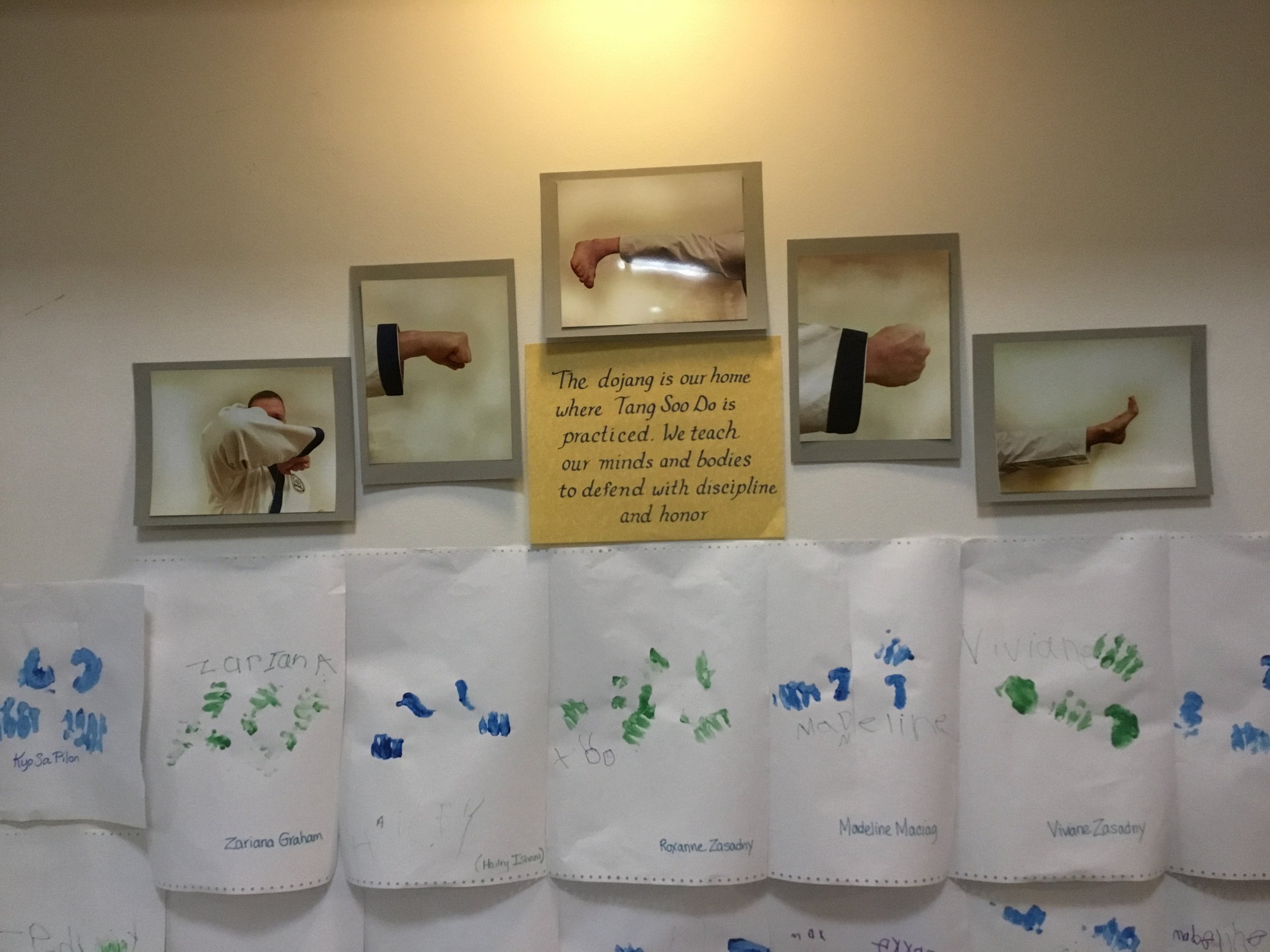
The Downriver Council for the Arts’ (DCA) presents Home is Where the Art is, an in-person and on-line exhibit! Hover over the image to read the description. Click to the left or right to scroll through the entire show. Even more art is on display in our main gallery. If you are interested in purchasing a piece, please contact the DCA at 734-720-0671 or dc4arts@downriverarts.org
Thank you to all the artists who submitted art into this exhibit!


Home is Where the Fruit is
Aveda Allen | Home is Where the Fruit is | Pastel | $45
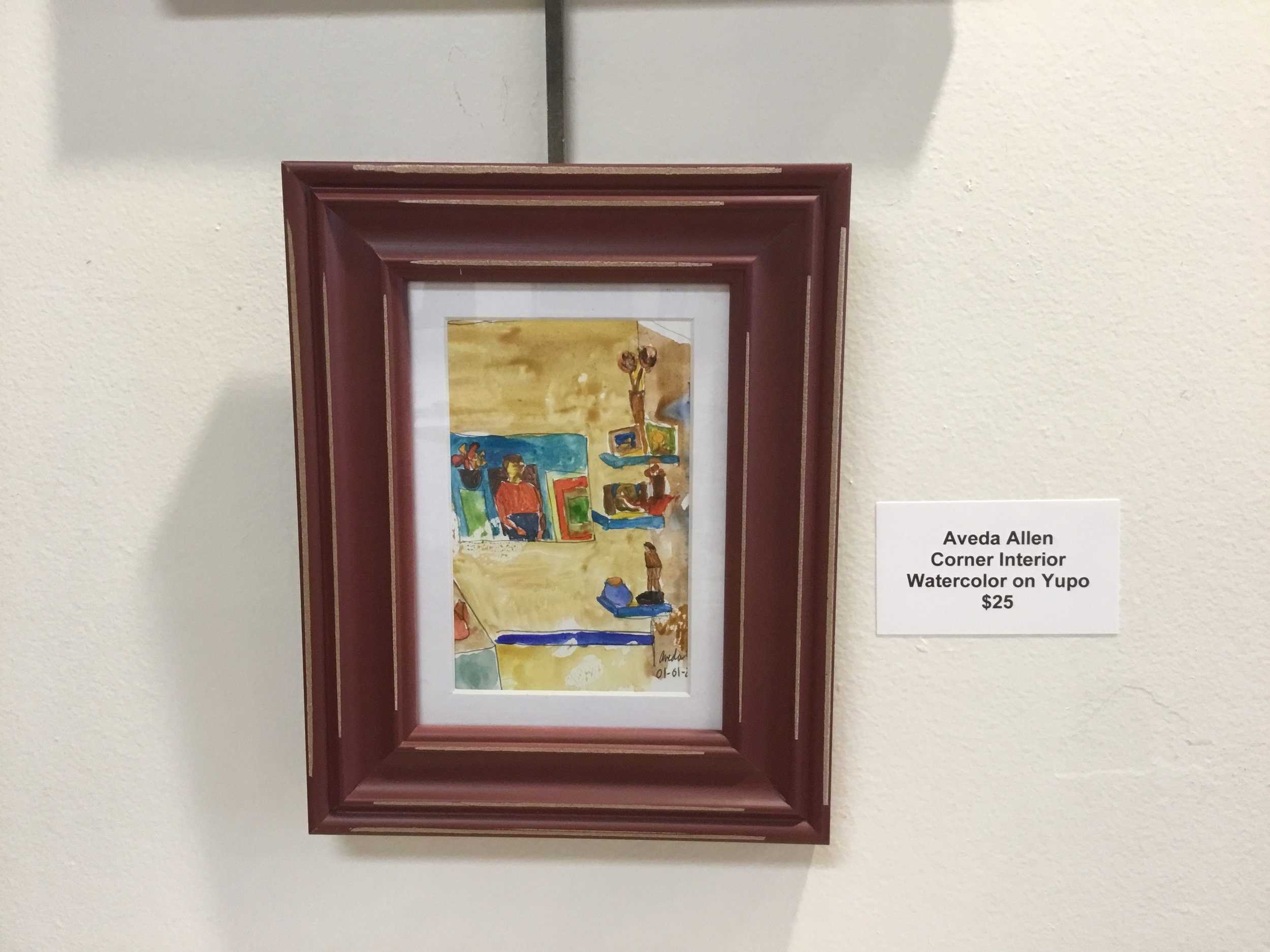
Corner Interior
Aveda Allen | Corner Interior | Watercolor on Yupo | $25

Blue Home
Aveda Allen | Blue Home | Pastel | $45

Winter on Violet St.
Richard Adams | Winter on Violet St. | Oil on Canvas | $550

Ukrainian Meal
Paul Zonca | Ukrainian Meal | Photography | 11” x 14” | NFS
Website: https://pmzonca.myportfolio.com/work

Ukrainian Wedding Bread
Paul Zonca | Ukrainian Wedding Bread | Photography | 11” x 14” | NFS
Website: https://pmzonca.myportfolio.com/work
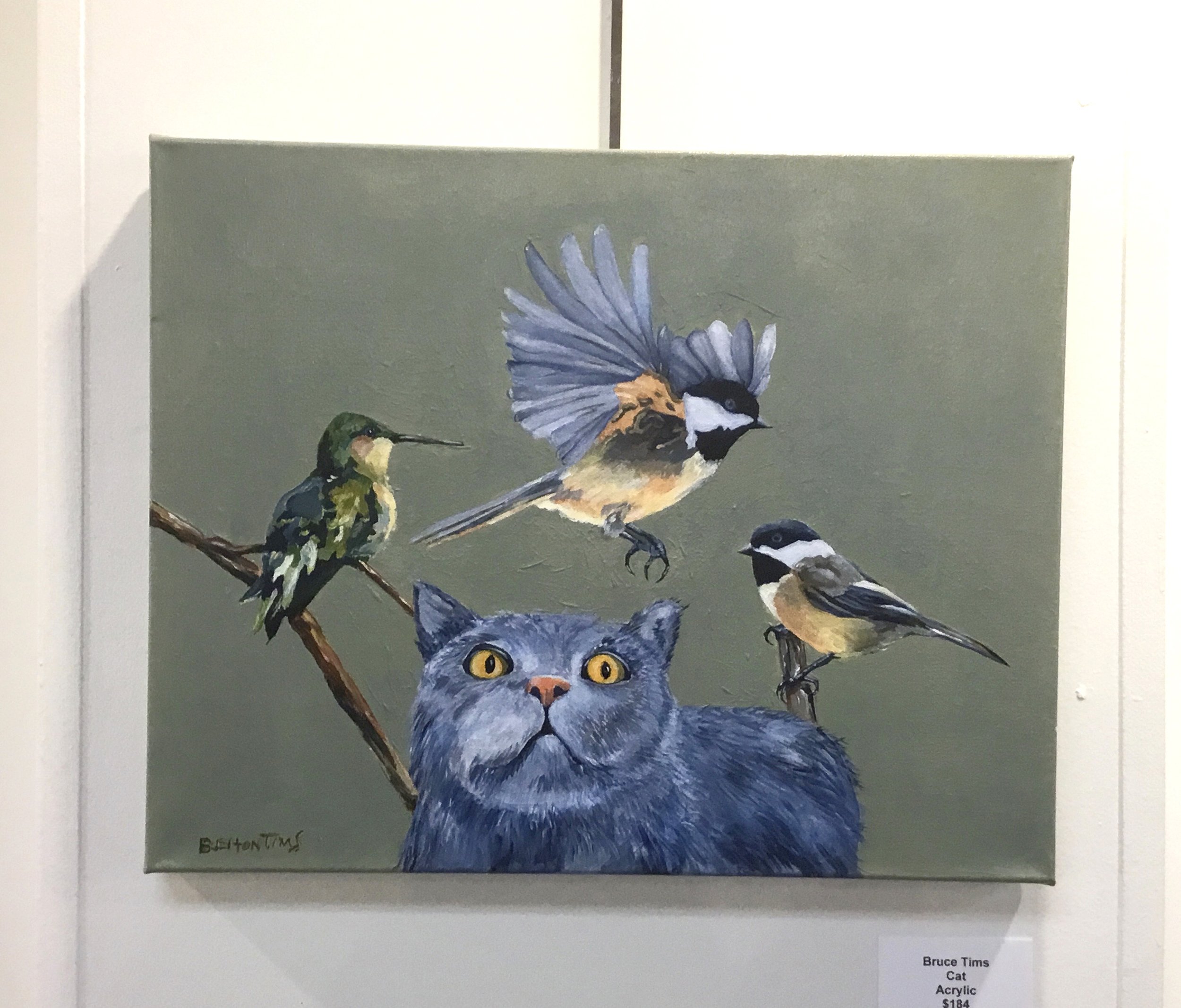
Cat
Bruce Tims | Cat | Acrylic | $184

Owl
Bruce Tims | Owl | Acrylic | $167

Grace
Erin Davis | Grace | Digital | NFS
https://www.artfullyerin.com/grandma-vid
Find Erin Davis: @artfully.erin

Grace | Artfully Erin

Youngins
Erin Davis | Youngins | Digital | 11” x 14” (print) | NFS
https://www.artfullyerin.com/armie-vid
Find Erin Davis: @artfully.erin

Youngins | Artfully Erin
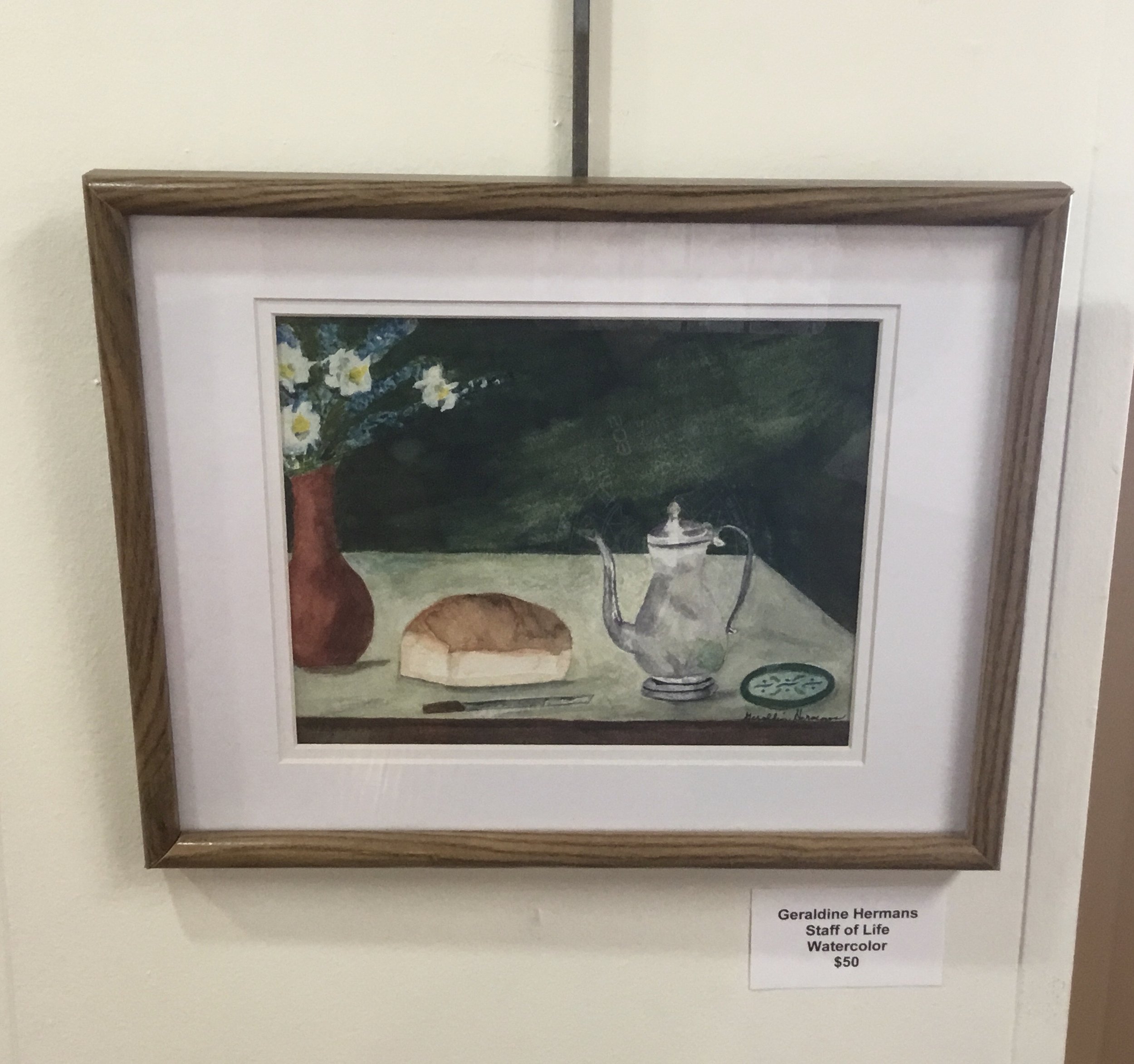
Staff of Life
Geraldine Hermans | Staff of Life | Watercolor | $50
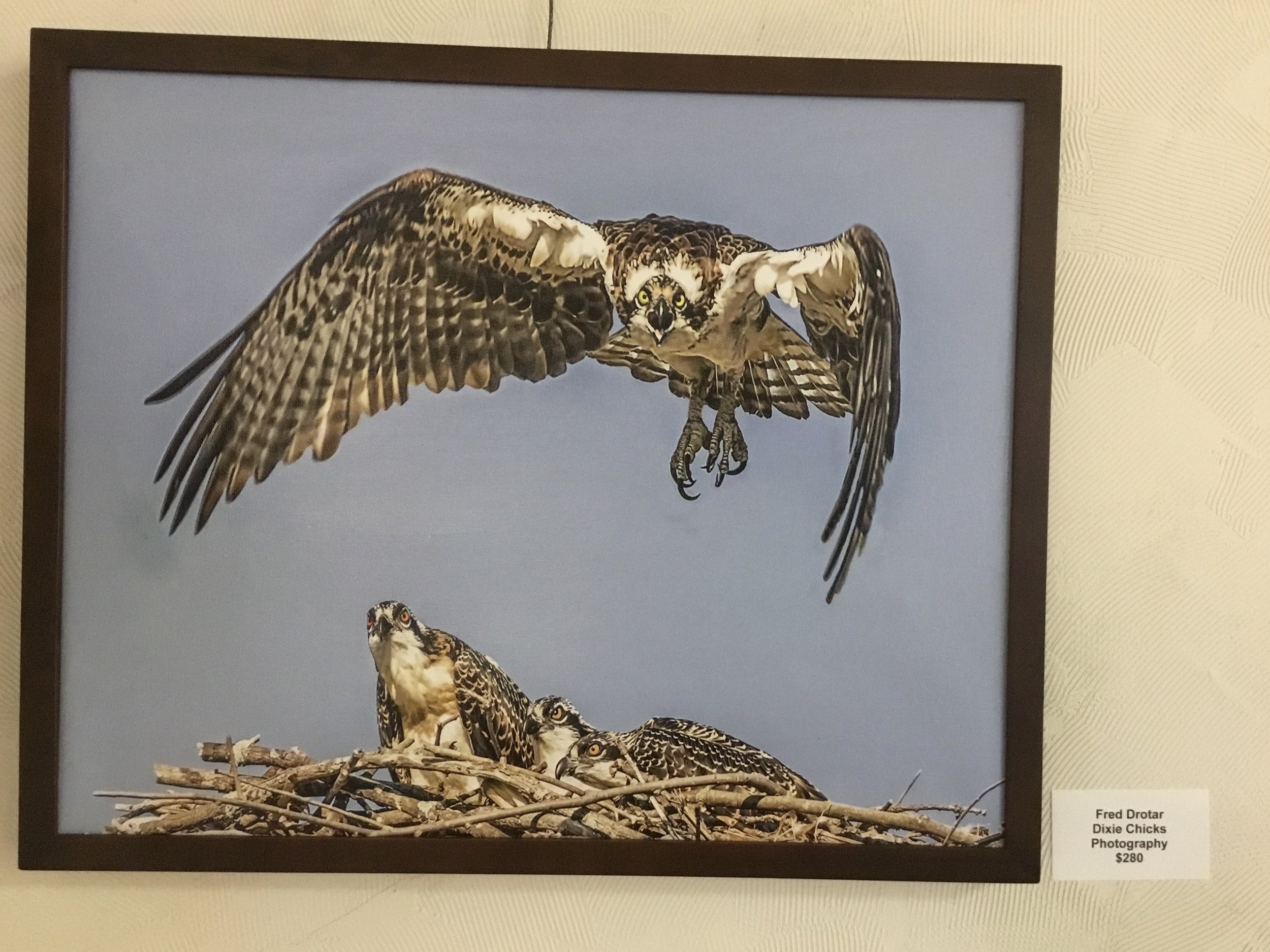
Dixie Chicks
Fred Drotar | Dixie Chicks | Photography | $280
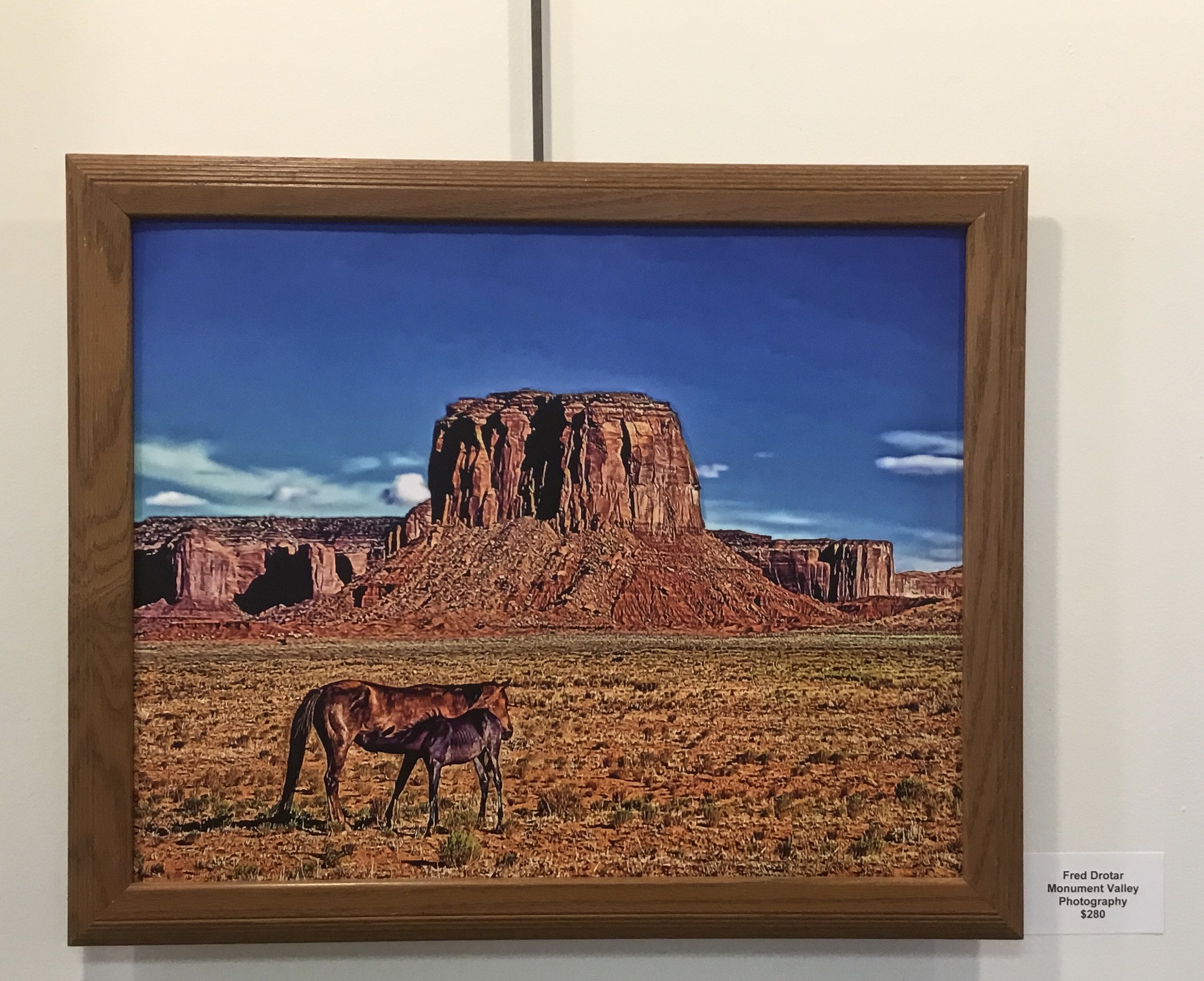
Monument Valley
Fred Drotar | Monument Valley | Photography | $280
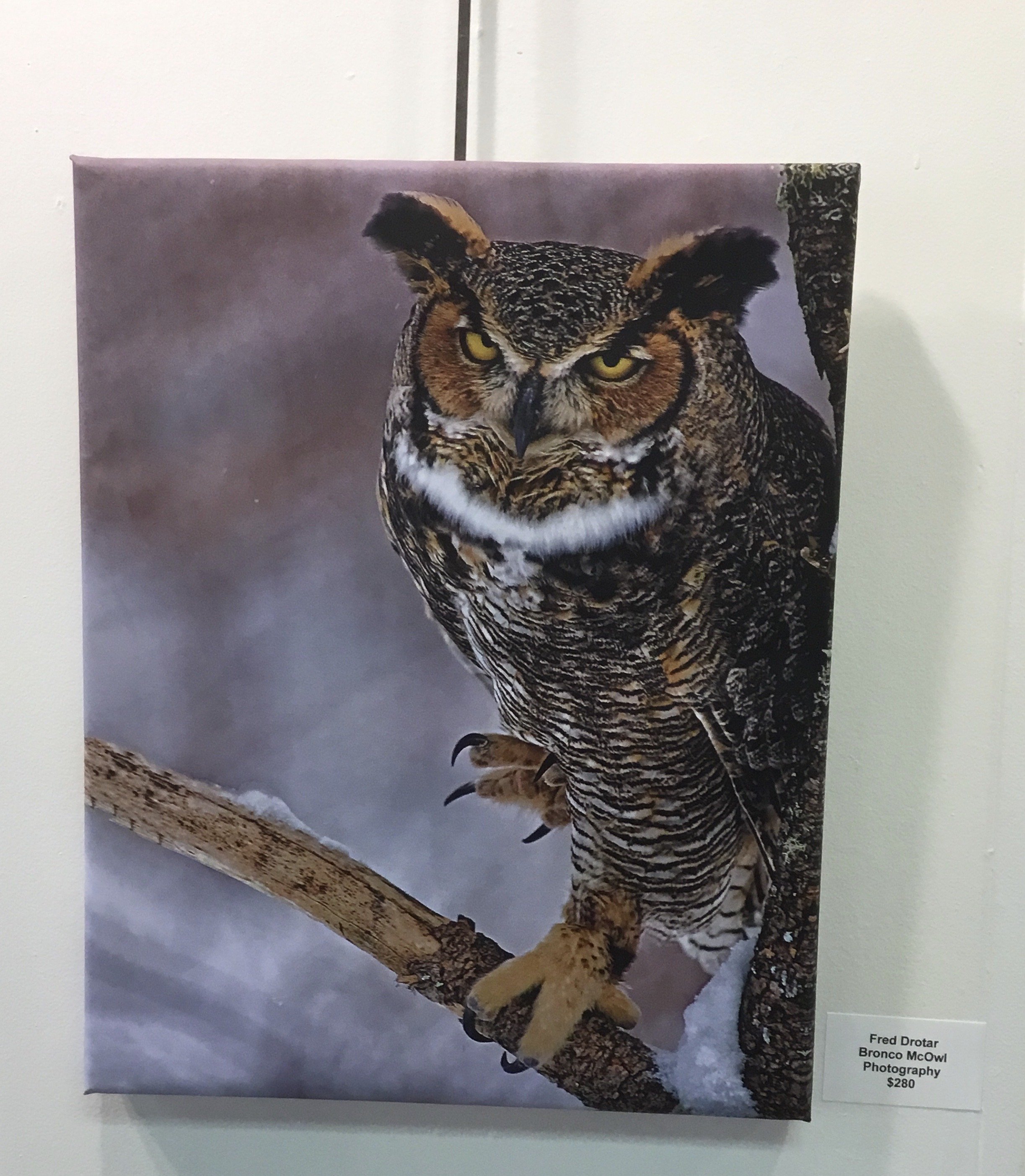
Bronco McOwl
Fred Drotar | Bronco McOwl | Photography | $280

No Place Like Home - Sound Installation
Frank Pahl - No Place Like Home - Sound Installation
https://youtu.be/d7vUeTKWePA

Frank Pahl - No Place Like Home - Sound Installation
Frank Pahl - No Place Like Home - Sound Installation

Backyard Dreams
Samantha Lewis | Backyard Dreams | Acrylic on canvas | 12” x 16” | $147
Samantha is an upcycling artist with a focus to repurpose everyday items into something spectacular across multiple mediums. As a solo exhibitor and seven-time ArtPrize artist, she is fueled by an attitude of environmental gratitude and activism toward a safer future.
All Samantha’s art is designed and made in her studio in Livonia, Michigan:
Website: thefoundpenny.com
Instagram: @foundpennystudio
Facebook: Found Penny Studio

Mother + Child
Samantha Lewis | Mother + Child | Acrylic + aluminum on wood | 12” x 30” (together) | $279
Samantha is an upcycling artist with a focus to repurpose everyday items into something spectacular across multiple mediums. As a solo exhibitor and seven-time ArtPrize artist, she is fueled by an attitude of environmental gratitude and activism toward a safer future.
All Samantha’s art is designed and made in her studio in Livonia, Michigan:
Website: thefoundpenny.com
Instagram: @foundpennystudio
Facebook: Found Penny Studio

Rose de Jardin
Samantha Lewis | Rose de Jardin | steel + aluminum | 36” x 20” | $747
Samantha is an upcycling artist with a focus to repurpose everyday items into something spectacular across multiple mediums. As a solo exhibitor and seven-time ArtPrize artist, she is fueled by an attitude of environmental gratitude and activism toward a safer future.
All Samantha’s art is designed and made in her studio in Livonia, Michigan:
Website: thefoundpenny.com
Instagram: @foundpennystudio
Facebook: Found Penny Studio
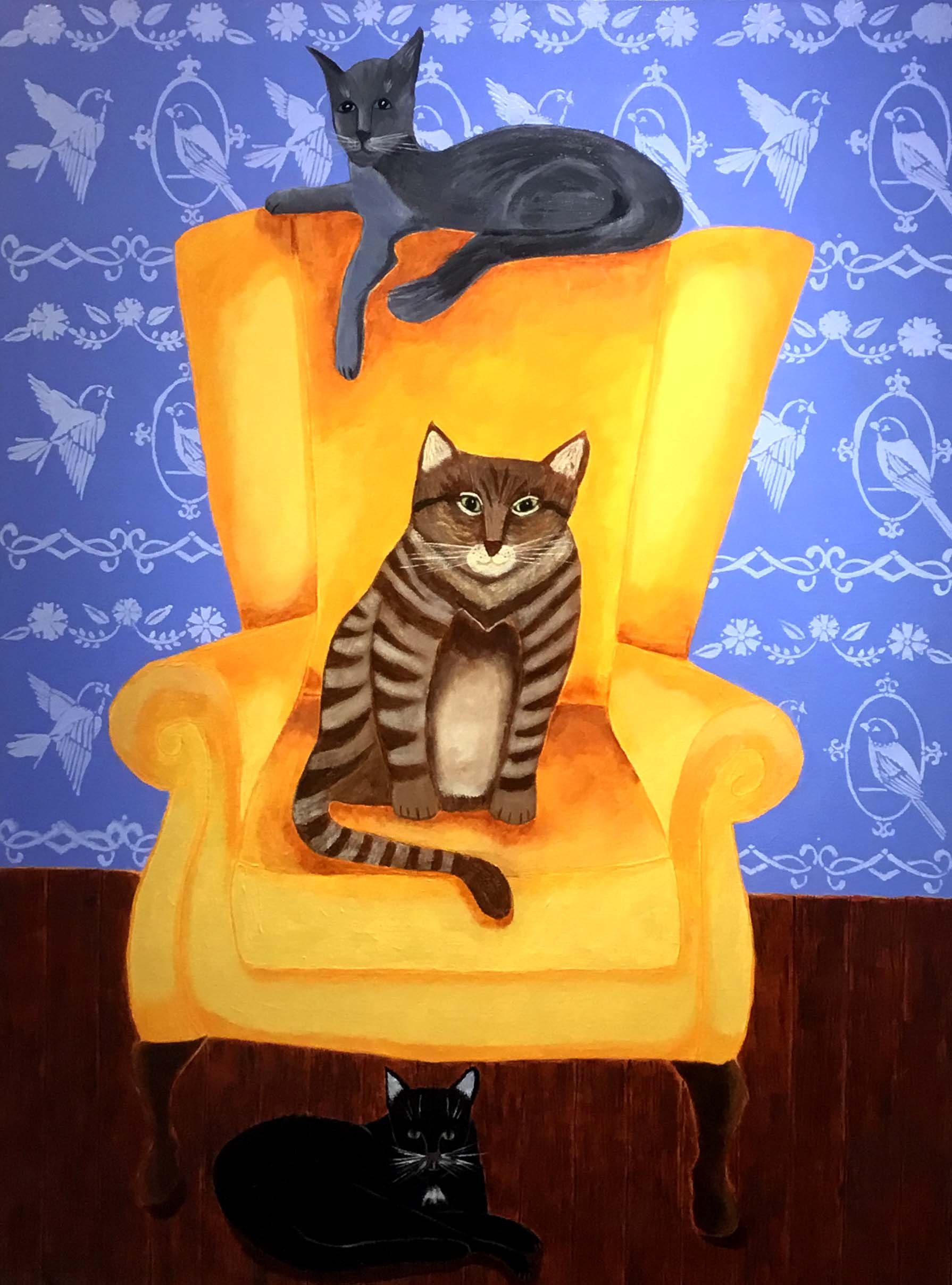
My Chair
Marilynn Voss | My Chair | Acrylic Painting | $500

Reflection
Mary Jo Caruana | Reflection | Photography | $125

Pink Flowers in a Vase
Mary Jo Caruana | Pink Flowers in a Vase | Photography | $185
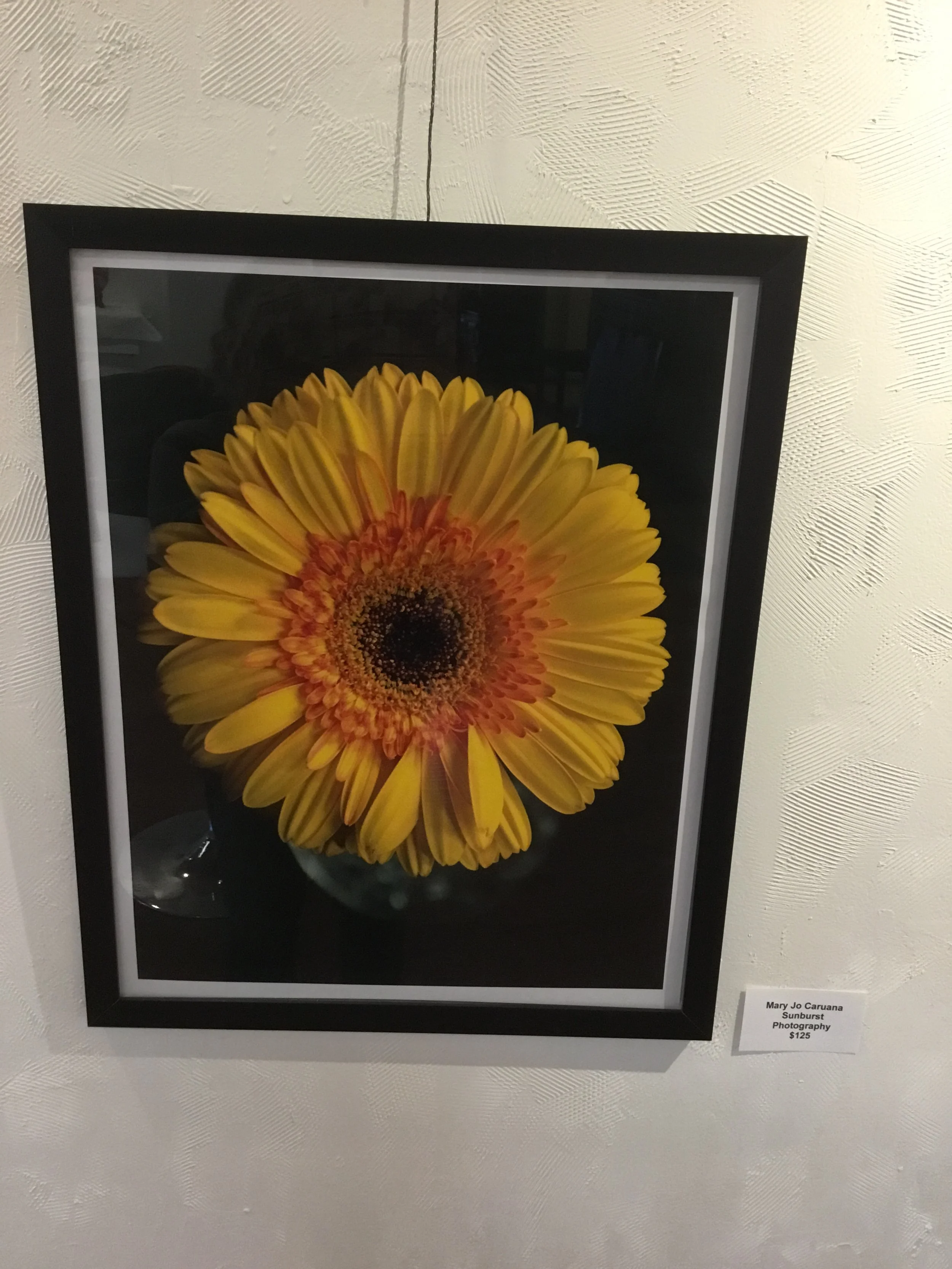
Sunburst
Mary Jo Caruana | Sunburst | Photography | $125

Tangled in the Blue Ridge
Melissa West | Tangled in the Blue Ridge | Acrylic on Canvas | $700

Whispering Horse
Mono D’Angelo | Whispering Horse | Pencil | $950
Mono D’Angelo is a lifelong visual artist. His mediums include oil, pastel, pencil, computer generated art and wood working. He has studied at Detroit’s Center for Creative Studies and is a retired automotive design engineer. His work has been exhibited in multiple Downriver Council for the Arts and Art Ambiance exhibits. His work has also been accepted in Grand Rapid’s prestigious ArtPrize 2011, 2017, and 2021. He has been a Grosse Ile resident for over thirty years

Dog Walker and UFO
Joan Smykowski | Dog Walker and UFO | Ceramic Plate | Height: 1 in / 2.5 cm; Width: 4.75 in / 12 cm | $52
Joan Smykowski received her BFA in Painting from Wayne State University's College of Fine Performing and Communication Arts. As a painter, she looked for ways to incorporate painting with various mediums. Overtime, she discovered pottery. Ms Smykowski is a past president of The Detroit Society of Women Painters and Sculptors. She was involved in the Empowering Women Artists collaborative. Ms Smykowski is presently involved at Pewabic Pottery.
Artist Statement: Art should be fun! Art should be colorful! Art should just be everywhere!
Website: www.CranstonStreetPottery.com
Instagram: @cranstonstreetpottery
Facebook.com/cranstonstreetpottery
Pintrest.com/joansmykowski
Etsy.com/shop/CranstonStPottery

Happy Camper Plate
Joan Smykowski | Happy Camper Plate | Ceramic Plate | Height: 1 in / 2.5 cm; Width: 6.25 in / 15.8 cm | $47
Joan Smykowski received her BFA in Painting from Wayne State University's College of Fine Performing and Communication Arts. As a painter, she looked for ways to incorporate painting with various mediums. Overtime, she discovered pottery. Ms Smykowski is a past president of The Detroit Society of Women Painters and Sculptors. She was involved in the Empowering Women Artists collaborative. Ms Smykowski is presently involved at Pewabic Pottery.
Artist Statement: Art should be fun! Art should be colorful! Art should just be everywhere!
Website: www.CranstonStreetPottery.com
Instagram: @cranstonstreetpottery
Facebook.com/cranstonstreetpottery
Pintrest.com/joansmykowski
Etsy.com/shop/CranstonStPottery

Cottage by the Sea
Sally Morris | Cottage by the Sea | Pastel | $175
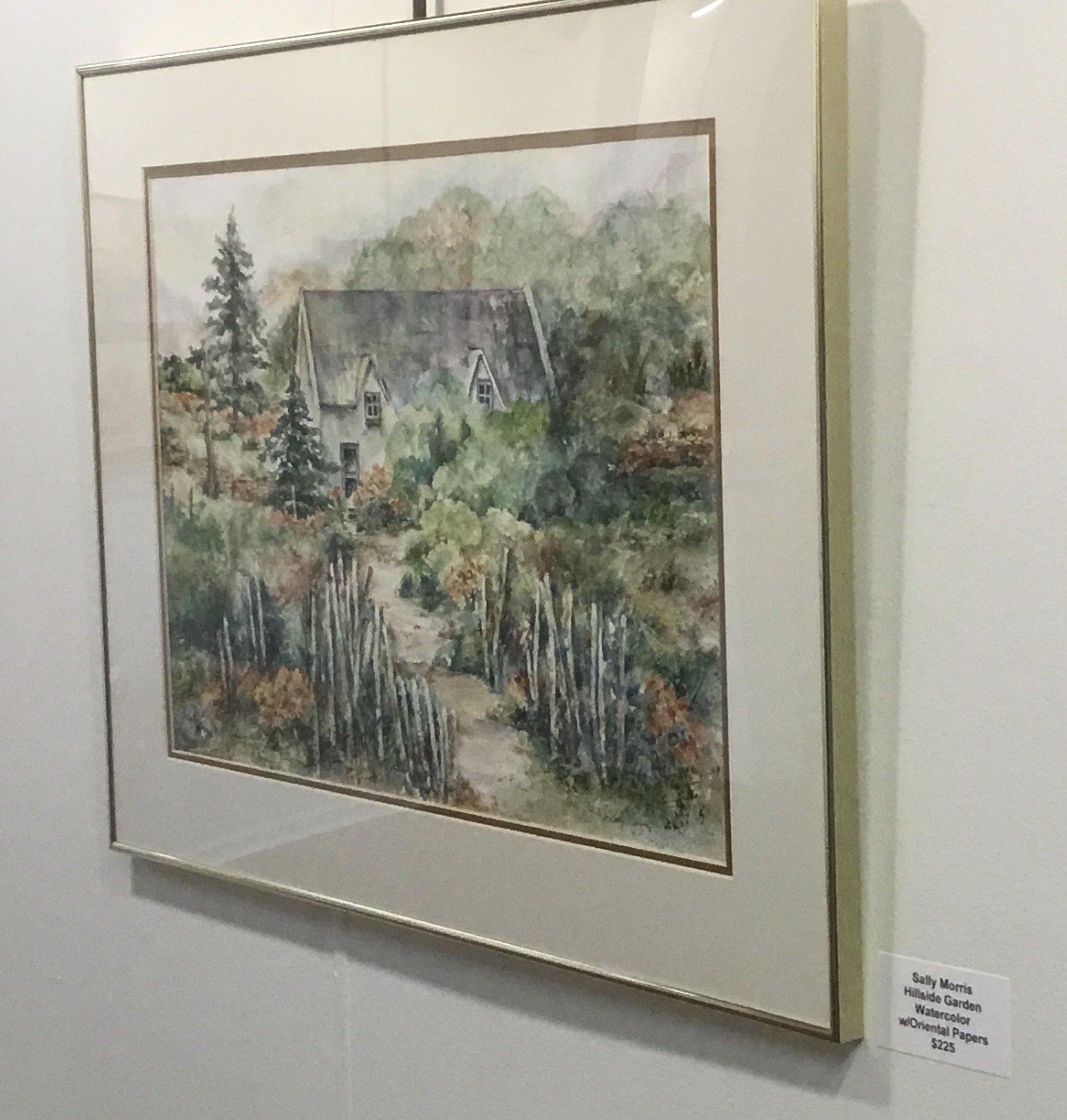
Hillside Garden
Sally Morris | Hillside Garden | Watercolor with oriental papers | $225
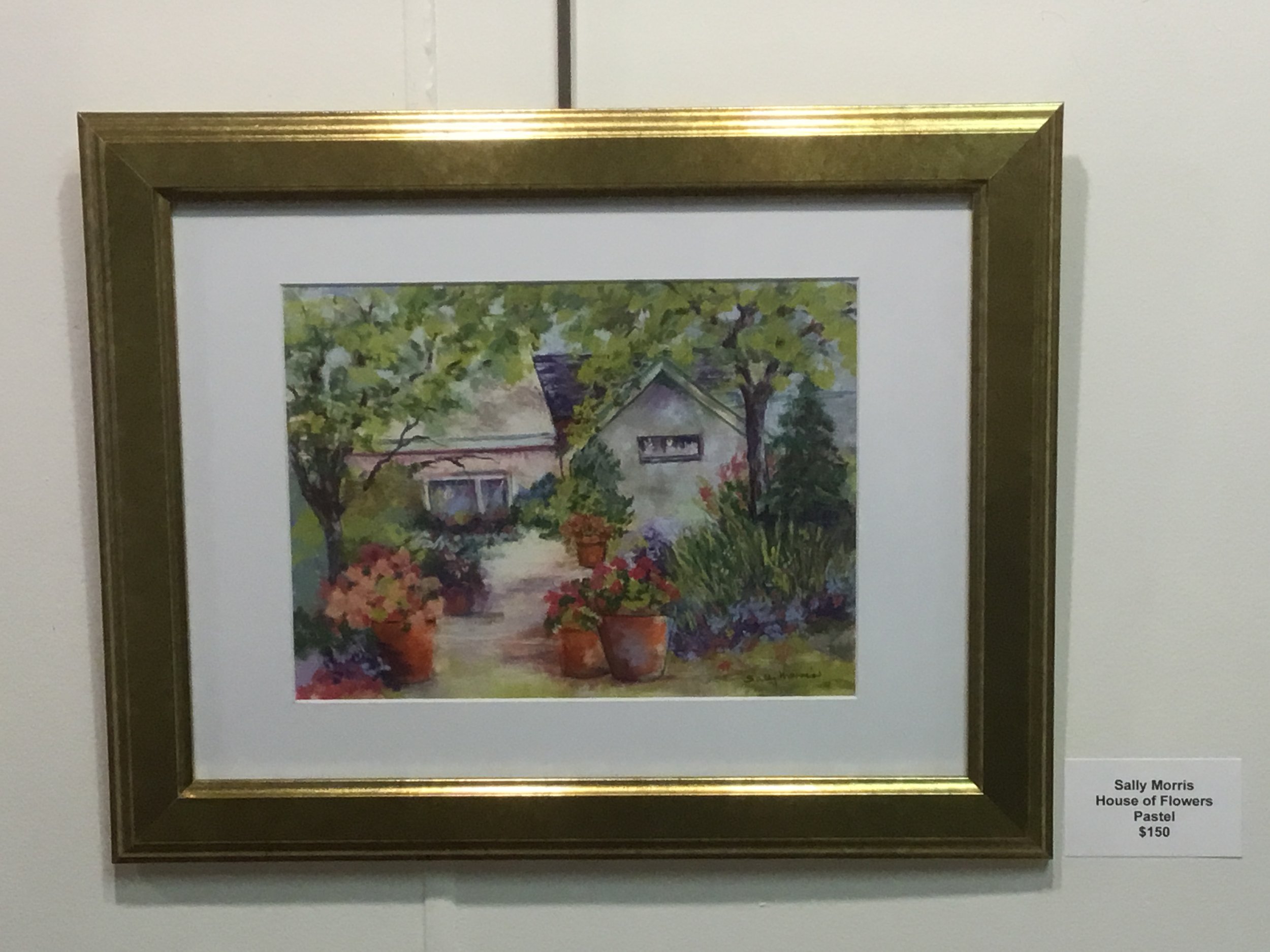
House of Flowers
Sally Morris | House of Flowers | Pastel | $150
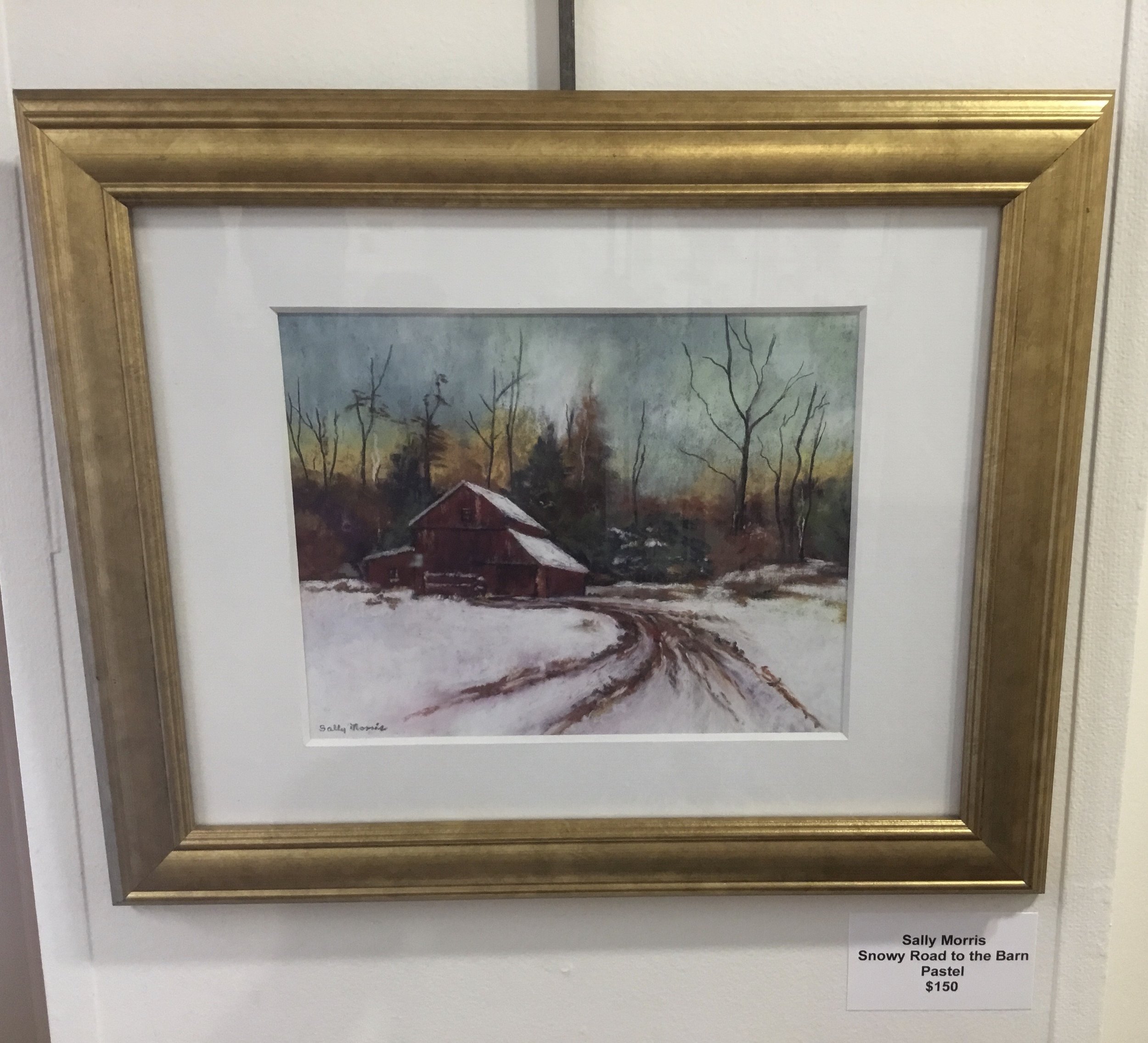
Snowy Road to the Barn
Sally Morris | Snowy Road to the Barn | Pastel | $175

Painting Up North
Sally Morris | Painting Up North | NFS

Ukranian Woman
Gwen K. Zonca | Ukranian Woman | Watercolor and Ink | NFS

Family Game Night
Sandra Zonca | Family Game Night | Poems and Photography | NFS

Grandma’s House
Sharon Gibbons | Grandma’s House | Acrylic | NFS
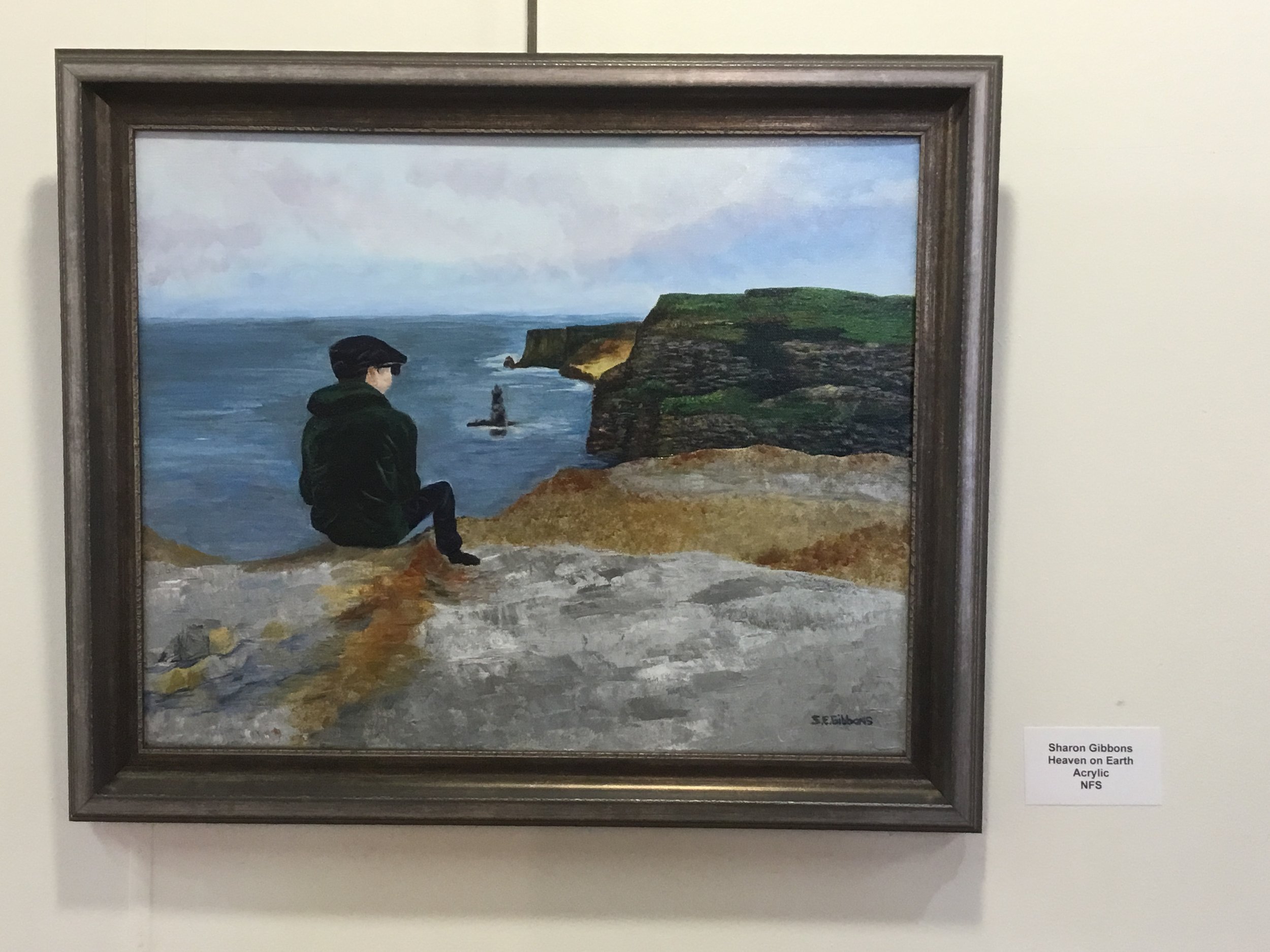
Heaven On Earth
Sharon Gibbons | Heaven on Earth | Acrylic | NFS
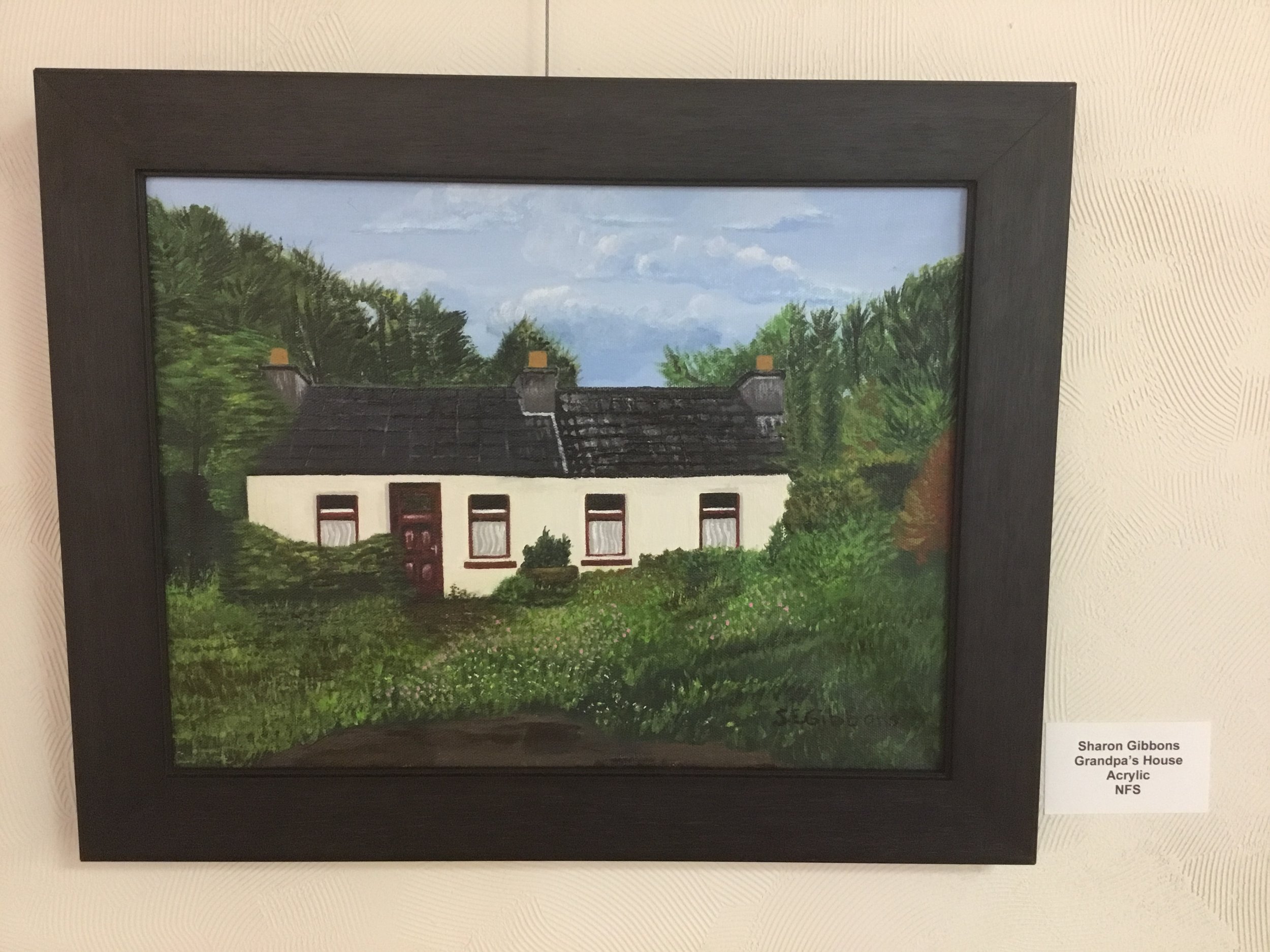
Grandpa’s House
Sharon Gibbons | Grandpa’s House | Acrylic | NFS

The Farmer’s Son
Sharon Gibbons | The Farmer’s Son | Acrylic | NFS
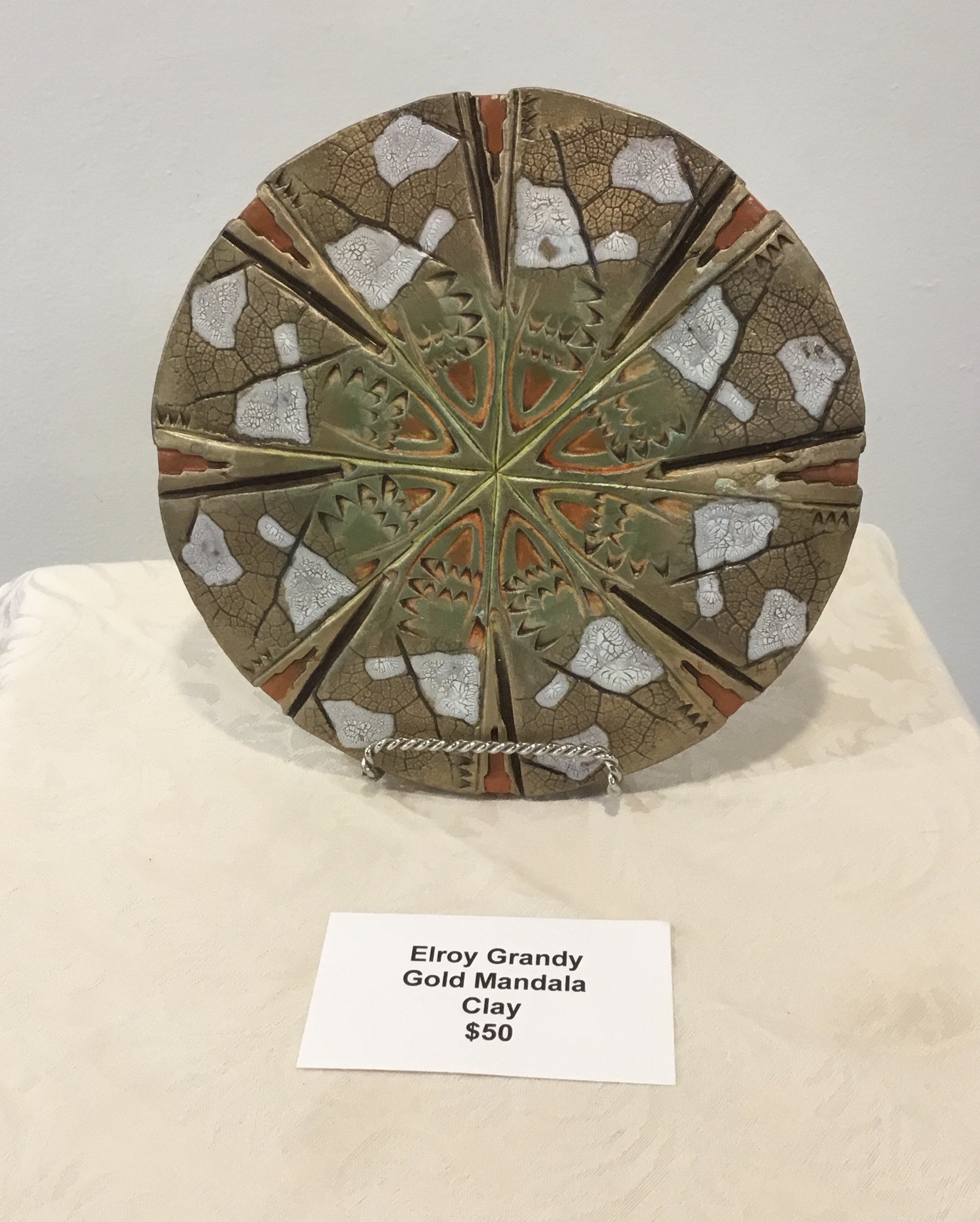
Gold Mandala
Elroy Grandy | Gold Mandala | Clay | $50
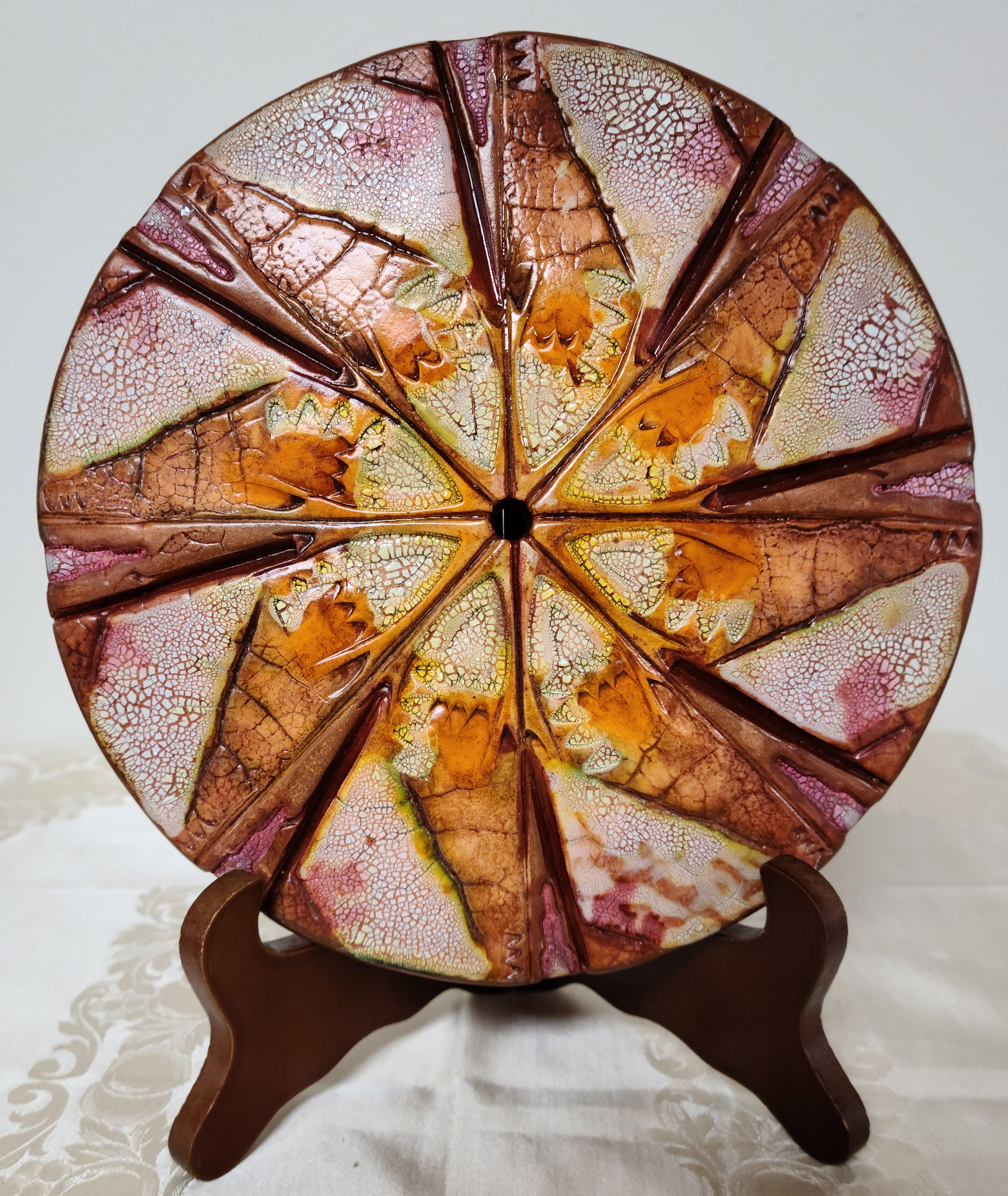
Rusty Madala
Elroy Grandy | Rusty Madala | Clay | $50
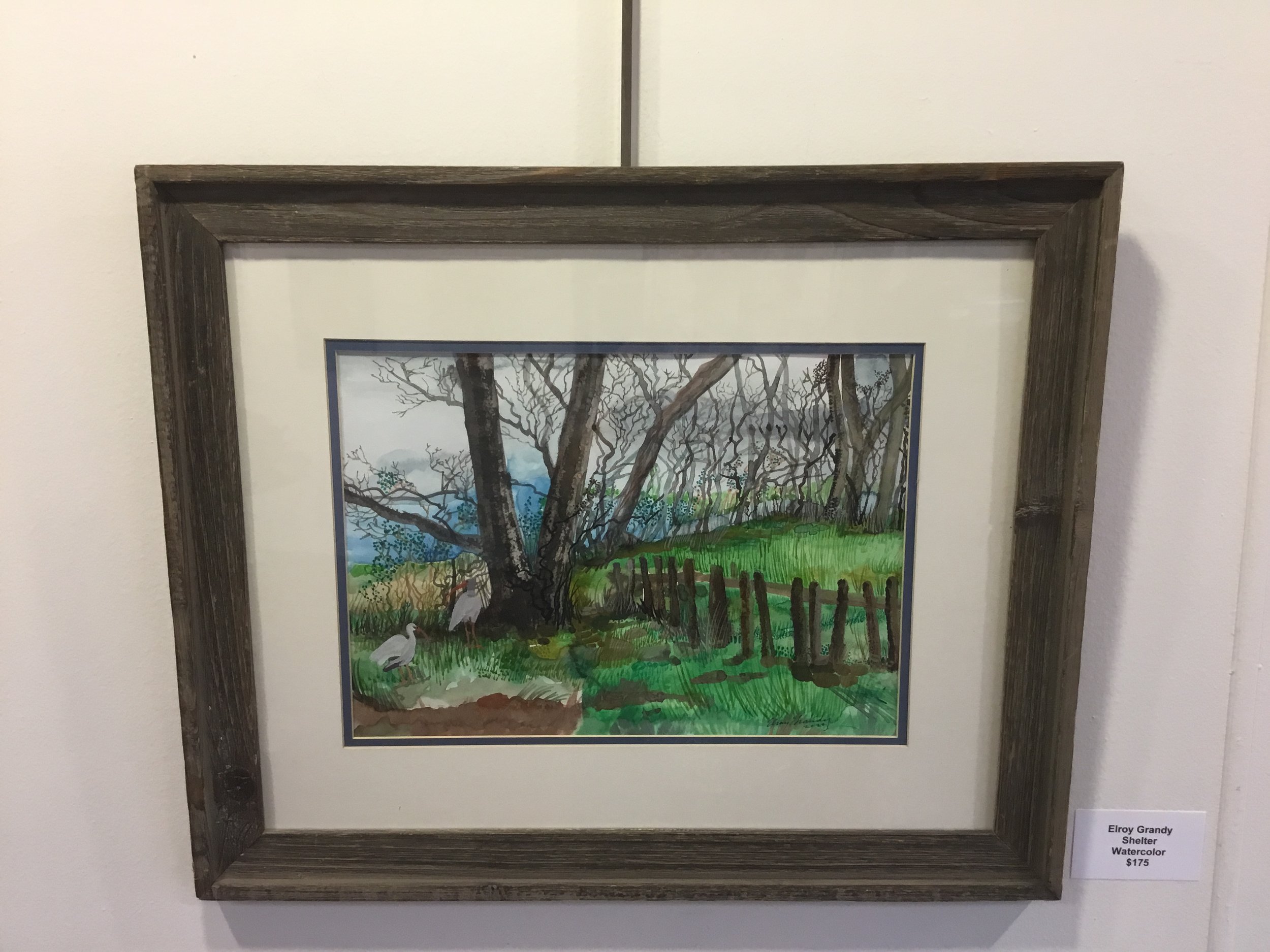
Shelter
Elroy Grandy | Shelter | Watercolor | $175

Bishop Park
Elroy Grandy | Bishop Park | Watercolor | $175

Butterflies
Elroy Grandy | Butterflies | Cut Paper | $150

Kinfolk - Still Life and Video
Kinfolk - Still Life and Video
NeAsia Hopkins is an artist from Saginaw, Michigan. Most of her pieces are paintings, drawings and collages. However, she utilizes a wide range of materials and techniques to illustrate her ideas. She incorporates everyday materials with traditional techniques in efforts to create a familiar and relatable feeling for viewers. Hopkins draws inspiration from the life experiences of herself and those who surround her. Her artwork focuses on economic justice and improving the circumstances of people in disadvantaged communities. She aspires to invoke thought and bring attention to social issues. NeAsia is currently based in Detroit, Michigan. She is attending the College for Creative Studies in order to further her practice.

Kinfolk - Still Life and Video
Kinfolk - Still Life and Video
NeAsia Hopkins is an artist from Saginaw, Michigan. Most of her pieces are paintings, drawings and collages. However, she utilizes a wide range of materials and techniques to illustrate her ideas. She incorporates everyday materials with traditional techniques in efforts to create a familiar and relatable feeling for viewers. Hopkins draws inspiration from the life experiences of herself and those who surround her. Her artwork focuses on economic justice and improving the circumstances of people in disadvantaged communities. She aspires to invoke thought and bring attention to social issues. NeAsia is currently based in Detroit, Michigan. She is attending the College for Creative Studies in order to further her practice.

Kinfolk - The Family Table as Social Practice
The Family Table as Social Practice
Originally, the family unit consisted of grandparents, aunts, uncles and cousins; It was multigenerational. If a need presented itself, there were others available to step in and help. By the 1920s, the majority of American households were detached nuclear families. This shift in family structure has caused units to become individualistic and completely self-sufficient. Convenience, privacy, and mobility became more important than family loyalty.
Many people value the tradition of eating at the dinner table with their entire family. According to an article by Psychology Today, people connect over food. Inviting people to dinner creates an environment where you can connect and interact organically. It was a designated time to check in and interact with everyone in the household. Over time, we’ve lost those values, and consequently we’ve lost so many relationships within our families. In today's society, it’s rare to catch a family sharing a meal at their dining table, much less engage with each other while they do so. Family dinners make us more cohesive because everyone’s on the same page. The absence of the family table talk creates unhealthy habits and patterns in youth, which ultimately puts them at a disadvantage.
There are various contributors to the breakdown of “togetherness”. A drunk father who broke his family with drinking, verbal and physical abuse is symbolized in the broken glass table seating. Technology clutters our ability to truly engage one another during family meals. Those who sit on the perimeter away from the table represent those who have decided to abandon the practice altogether.
With that being said, how can we create family table talks in nontraditional ways? Kinfolk is a term that refers to the people who we consider family, regardless of blood relations. The people at the table don’t have to be limited to biological family, we can expand it to include friends, peers, etc. As we do that, we “build a family of friends” and this group becomes our support system. When you invite those people to have dinner with you, it strengthens the bond and helps establish a closer relationship.
Renee Michelle Biggs is a painter, sculptor, carver, and installation artist from Detroit, Michigan. She uses color and composition to create visually stunning 2D and 3D works. Her interdisciplinary practice focuses on medium and methodology.


